Description
Latin: Ostrya virginiana
Other common names: hophornbeam, hop-hornbeam, ironwood, eastern hophornbeam, American hophornbeam, leverwood
Zones: 5-9
Mature Height: Typically reaching heights of 25-45 ft (7-14 m), with a slightly smaller width (Missouri Botanical Garden). Initially pyramidal in shape when young, the crown becomes more rounded as the tree matures (University of Connecticut).
Soil / Climate: Ostrya virginiana thrives in well-drained medium soils, preferring slightly acidic conditions. It tolerates dry to moist soils but does not do well in consistently wet environments. It grows best in full sun to part shade and can be slow-growing initially (Missouri Botanical Garden). Once established, it can tolerate dry soils (University of Connecticut).
Notes: The leaves of hophornbeam vary from oval to lanceolate shapes, are dark yellowish-green, and have sharp teeth, growing up to 5 in (13 cm) in length. In the fall, the leaves turn yellow and typically do not persist into winter. Non-showy flowers appear on separate catkins on the same tree. Male catkins are reddish-brown, while female catkins are greenish. Male flowers persist on the tree into winter. After flowering, the tree produces seeds in pod-like clusters that change from green to tan as they mature (Missouri Botanical Garden). The bark is initially smooth, reddish-brown, and marked with lenticels, becoming darker and developing flaky plates as the tree ages (Virginia Tech). The name “hop-hornbeam” stems from the resemblance of its flower and fruit clusters to hops used in brewing. The tree’s dense, hard wood also earns it the name “ironwood,” used historically for tool handles and fence posts.
Problems: Ostrya virginiana is not susceptible to major issues (Missouri Botanical Garden).
Wildlife: The nut-like fruit is favored by birds such as ruffed grouse, as well as deer and other small animals. Chickadees are known to nest in hophornbeam trees.
Cold Stream Farm supplies hophornbeam trees which are grown as bare root seedlings and transplants and sold both wholesale and retail with no minimum order.
Sources:

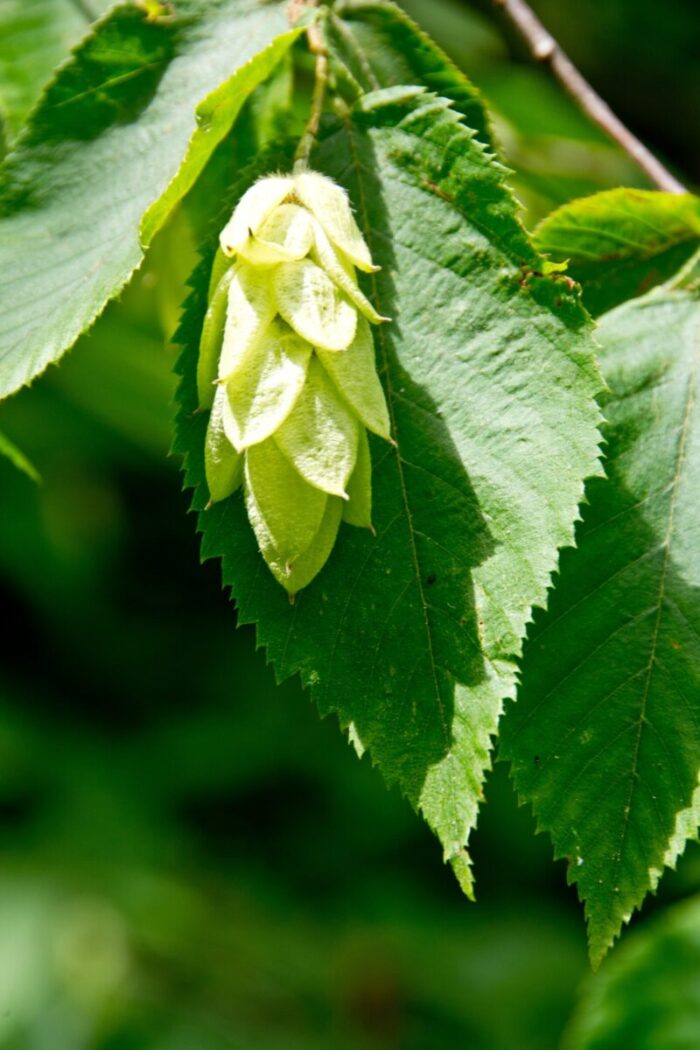
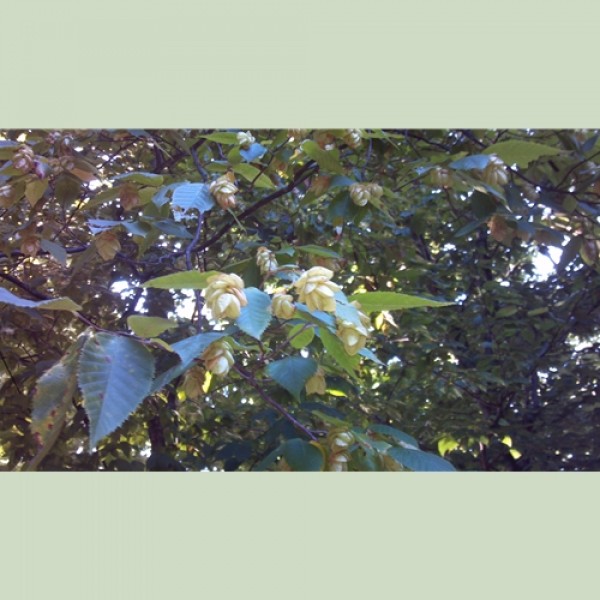
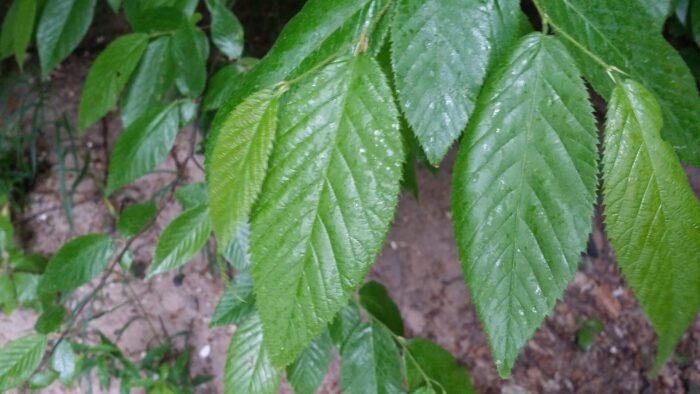
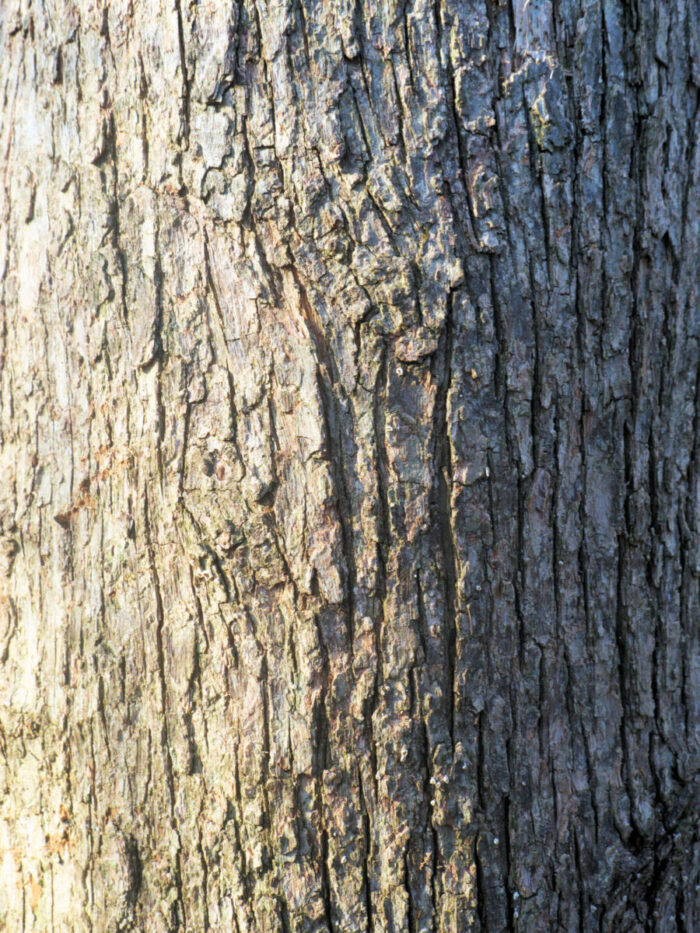
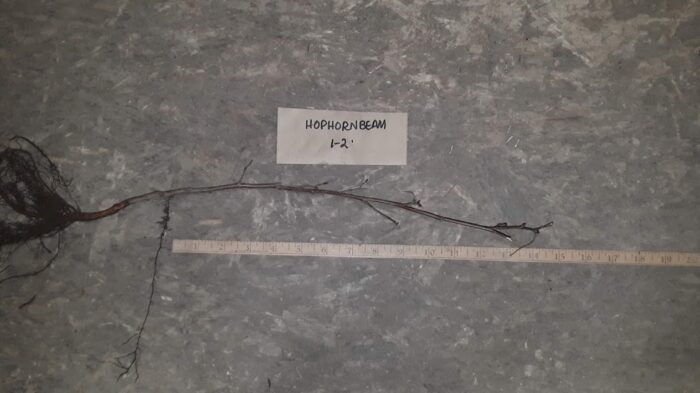
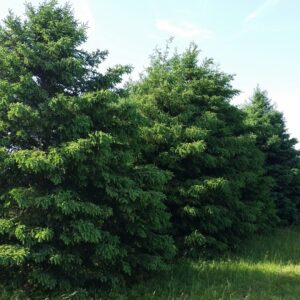
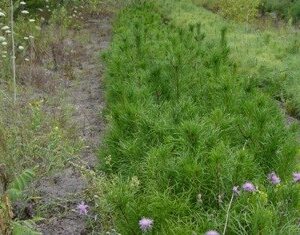
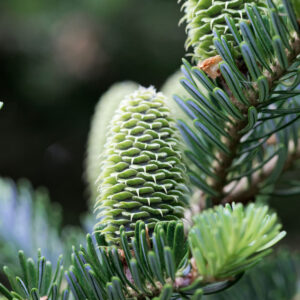
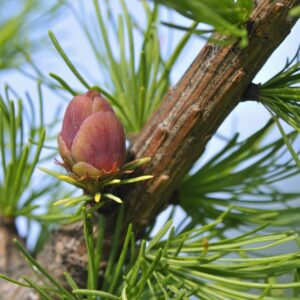
Reviews
There are no reviews yet.